Pehredaar Piya Ki, a new television show on Sony has raised many eyebrows due to its highly controversial story. Roughly translated as “Caretaker of Beloved”, the show’s plot revolves around the marriage and subsequent relationship of a 9-year-old boy Ratan, and an 18-year-old girl, Diya. Since the release of its promo, the show has faced heavy scrutiny for its content. But since its broadcast in July, the show is turning into an audience favourite.
With prime time slots and a large fan following, the show wields considerable influence over how the Indian audience views such complex relationships. So it becomes important to dissect the show and its representation of Diya and Ratan’s relationship.
The Story
Though there are many problematic things about the show, Diya and Ratan’s dynamic takes the cake. While eventually the marriage is attributed for the safety of the boy, and Diya’s character as a protector is established, the relationship between the two characters is inappropriate and disturbing from the very beginning.
The story begins in Rajasthan, at the Kesar Mahal and Hotel owned by Ratan’s father Maan Singh. The premise is set with a failed death attempt at Ratan’s life, who is the heir of Maan Singh’s title and property. From here onwards, Ratan’s safety and the need for a pehredaar (protector) becomes the focus of the show. This is where Diya comes in, as the assigned protector/wife.
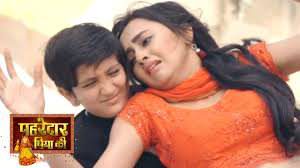
Damsel in distress Diya falls into the arms of 9-year-old Ratan
Ratan’s family visits Maan Singh’s friend for Holi, where Ratan falls in love with Diya at first sight. The male gaze camera zooms in on her bare waist and pink lips, backed by a fairy tale narration, showing us what the boy notices about the 18-year-old girl in front of him. Ratan believes that Diya is a pari (fairy) from the stories told to him by his aunt. What ensues is 9-year-old Ratan exhibiting the behaviour of a lusty Bollywood hero, following Diya and taking pictures of her, eavesdropping on her conversations and pulling her dupatta. Then arrives the damsel in distress scene, a common trope of Hindi television, where the frightened girl falls into the boy’s arms. In this case, Ratan saves Diya from a cockroach. Within the next two scenes, he asks Diya to marry him
The Critique
The relationship between Diya and Ratan has been promoted as an ‘unusual eternal love story’. But what is profoundly disturbing is the show’s synopses, which asks, “Is age only a number when it comes to finding true love?” This is where pedophilia and child marriage come in, which are normalized and celebrated in the show. The first promo, where Ratan applies sindoor on Diya’s forehead while she looks at him emotionally comes to mind. Moreover, the marriage is shown as a legal way to ensure the boy’s protection, further legitimizing it.
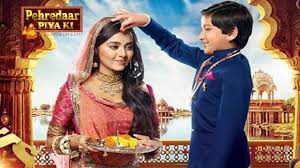
Ratan applies sindoor on Diya’s forehead. Not child marriage you say?
The show’s producer and actors insist that it does not promote child marriage. That the relationship between the two characters is just friendship, or ‘pure’ love. Leaving aside the connotations of platonic love somehow being more pure than a relationship with physical intimacy, the entire plot of the show revolves around the marriage between a child and an adult, with recent episodes focusing on their wedding ceremonies, suhaag raat (wedding night), and upcoming honeymoon. Not child marriage you say?
Tejaswi Prakash, who plays the role of Diya, has said that “The relationship cannot be like child marriage as we both (characters) do not know the definition of love, nor there is nothing like romance on the show.” But her character on the show is at least 18, and is old enough to understand the meaning of love and marriage. And physical romance is never absent from the show, depicted through scenes of Ratan caressing Diya’s leg, and cringe worthy dialogues such as “He is a kid, we don’t know when he will be big enough to satisfy you.”
Similar relationships have been shown on television before (Balika Vadhu, for instance), but only in the context of highlighting social issues such as child marriage. However, in this show the boy is not seen as a victim, or as someone who is incapable of understanding the concept of marriage and consent. He is seen as a romantic hero wooing an older woman, likening this show’s plot to the story of the Bollywood movie Lamhe (1991).
Though this relationship is acceptable to the audience as a love story, a similar relationship between a minor girl and an adult man would have been focused on the victimization of the girl (again, Balika Vadhu). Because we as a society refuse to see boys as victims of paedophilia, child marriage or sexual abuse. And so Ratan, who is in need of protection, makes up for his vulnerability through toxic masculinity. He desires Diya, and actively pursues her, ensuring that he is never considered the victim, or the weak one in the relationship
On the other hand, Diya who is meant to be the protector, is shown to be passive, nonchalant to his stalking or his proposal, and a victim to the usual family politics. This ensures that she does not seem like an abuser or a paedophile, but she is still a victim of a misogynist rape culture.
Conclusion
While the criticism for this show has been widespread, the shows producers claim that the crux of the show has still not been revealed. Producer Sumeet Mittal claims that their representation is in fact socially progressive and empowering. “It is a tale of an unseen friendship where the girl breaks the shackles of the monotonous thought- ‘man of the house’ and dons the role of a guardian”, he says. He has previously produced shows like Punar Vivah and Diya Aur Baati, which are known for their comparatively progressive and unconventional storylines.
But there doesn’t seem to be anything remotely progressive about Pehredaar Piya Ki. In fact, the show’s synopses hint at a fledgling romance between the two main characters, and a love triangle in its near future. Currently, there is a Change.org petition to ban the show. But the show has received a lot of love and support from its audience. Even if the show develops a progressive and empowering narrative in the future, it cannot escape the problems of its basic plot. All we can hope for is a more sensitive and nuanced representation of the relationship between Ratan and Diya.
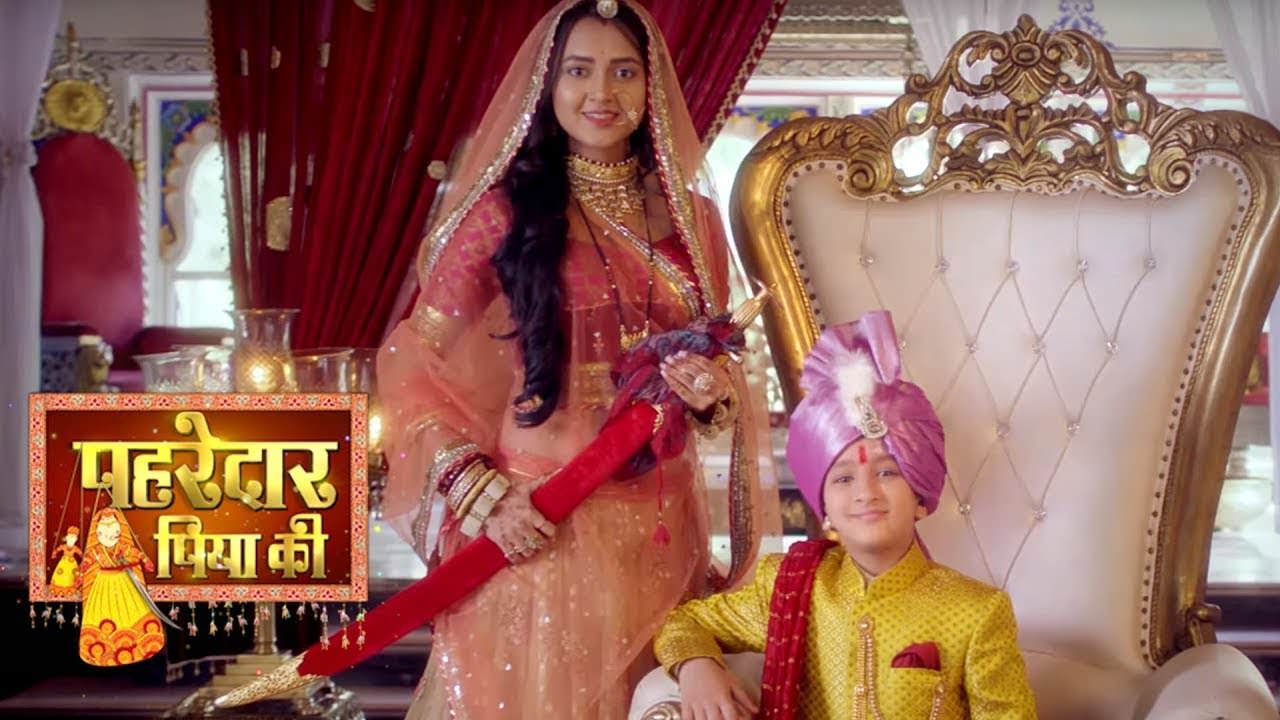

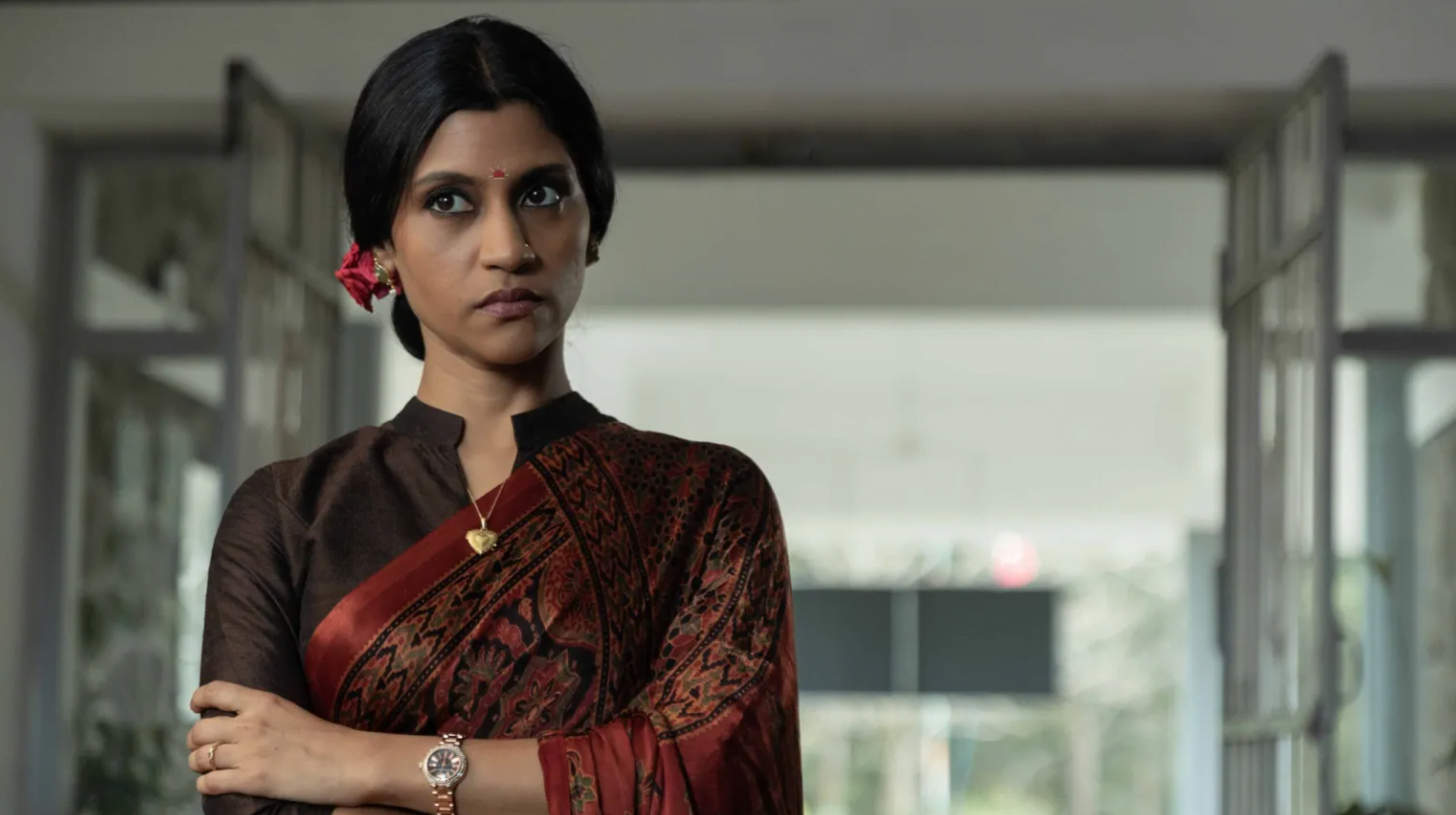
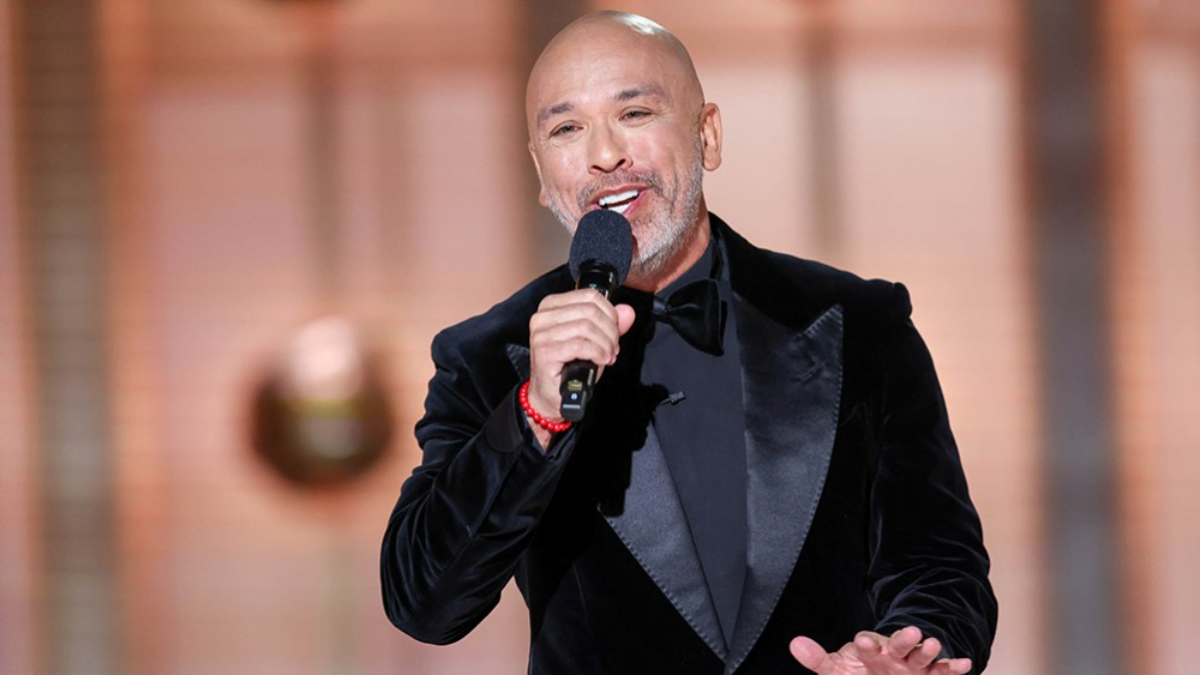

I am yet to come across one logical reason as to why this should be accepted as “normal” apart from “pure love” and friendship logic from the makers.
To matter what people say, this is pedophilia. Nothing more or less.